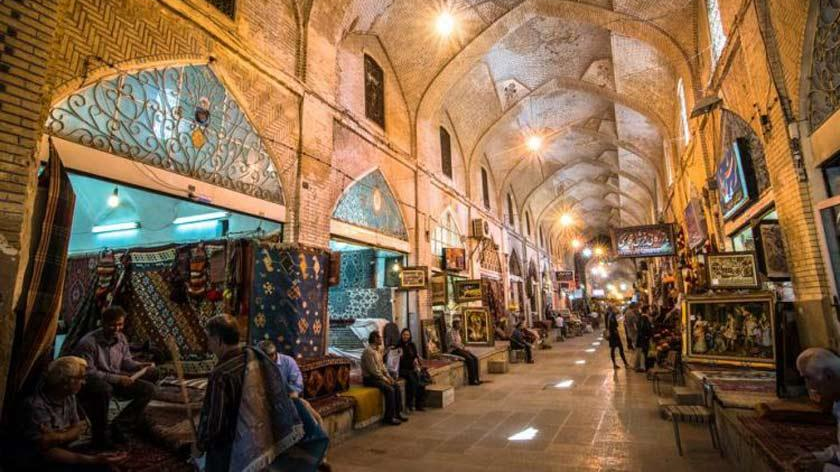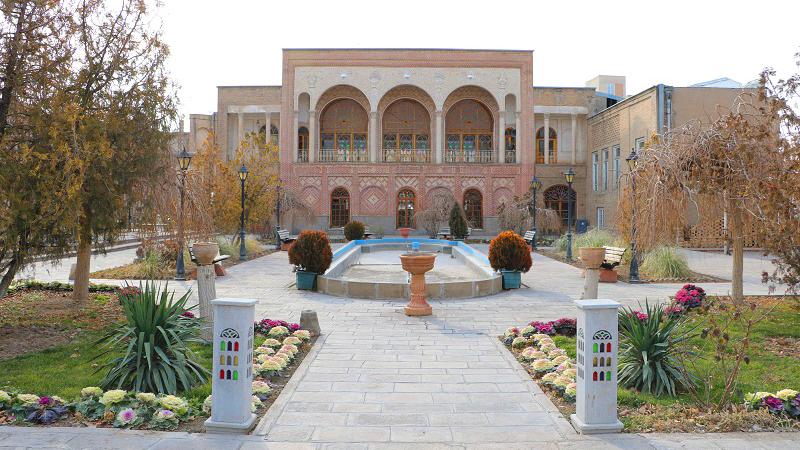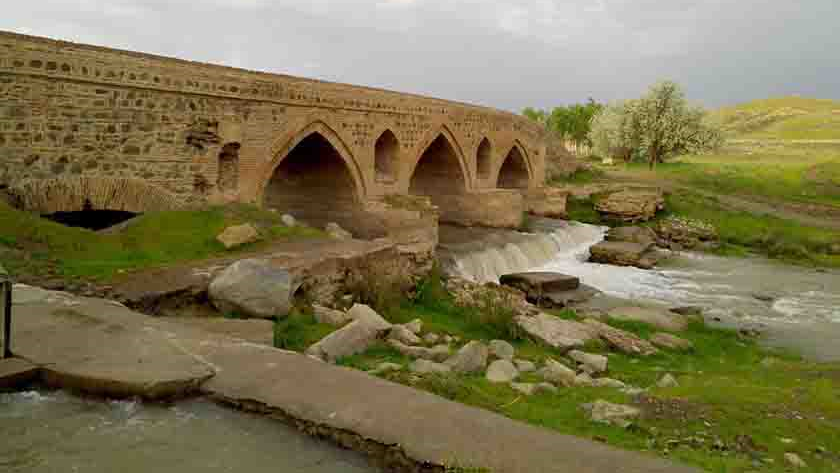
Less-Known Tourist Attractions of Marvdasht
Situated in the north of Fars province and 40 km from Shiraz, the ancient city of Marvdasht is mostly known for its prehistoric sites such as Persepolis. However, there are many other tourist attractions and historical sites in this city that have been shadowed by more well-known sites and have been less noticed by tourists.
Known Historical attractions of Marvdasht
Perhaps, Persepolis can be considered the most well-known historical site of Marvdasht. This ancient palace consisted of an amazing collection of architectural works of the Achaemenid era (550 to 330 BC). Naqsh Rostam is another ancient complex of Marvdasht, which has been of interest from around 1200 BC to 625 AD and has preserved works from 18 centuries of Iranian history.
Pasargad is another historical complex in Marvdasht, where the tomb of Cyrus the Great (reigned from 559 to 529 BC), which is one of the most famous sites of the area is located. There are also several other palaces and structures in this complex that are less known.
Naqsh-e Rajab should also be considered one of the most famous historical sites of Marvdasht. This historical site contains some fascinating petroglyphs pertaining to the Sassanid era (224 to 651 AD). Mention should also be made of the ruins of Istakhr City - situated some seven kilometers north of Persepolis, which, according to historians, was the largest city of that era.
The Less-known Attractions of Marvdasht
Tall-e Bakun
This historical site was a human settlement between 4000 and 3500 BC. Pottery works with beautiful motifs and the broken cross, belonging to Aryan religions, are the most important discoveries from this region.
Tall-e Shagha
Another ancient site of Marvdasht, where several archaeological excavations have been carried out, is called “Tall-e Shagha”. This area is located in the west of Khairabad Village and was inscribed on the list of Iran’s national heritage in 1976.
Tall-e Nokhodi
One of the less-known attractions of Morvdasht, this site dates back to the prehistoric era and valuable artifacts have been discovered in it.
Qarah Qalat
Also known as “Qalat Palace”, this monument has been left from the Achaemenid period. Most likely, this palace was used as a resort. There is a pool in the middle of this palace, whose water is supplied by springs that boil from the heart of the nearby mountains.
Broken Castle
The remains of a castle, commonly known as the “Broken Castle” can be seen on top of three hills, which are called the “three domes” by the locals. The history of this castle, which is located in the east of the Estakhar region and in an area called Ramjard, dates back to the time of the advent of Islam in Iran (651 AD).
Sivand Bridge
This bridge, which is located on the Palvar River in the Sidan region of Khafrak Alia district of Sivand Village is left from the Sassanid era. The numerous openings of this bridge have given it a unique effect. The foundations of the southern part of the bridge have been made in a triangular shape on one side and in a circular shape on the other side, which is quite unique and interesting, in order to break the pressure of water flowing through it.
Pahlavi Inscription of Bani Yekkeh
Many stone inscriptions were created during the Sasanian era to record events. One of these stone inscriptions is located in the village of Bani Yekkeh in the northeast of Estakhar mountain. This work, written in the Pahlavi language, was inscribed on the list of Iran’s national heritage in 2008.
Estakhar Bridge
This bridge is also left from the Sassanid period and is located in the village of Hajiabad, in the southwest of the city of Estakhar. The remains of this bridge show that it was a large structure and made transportation over the river possible.
Band-e Amir Bridge
This bridge was built on the Ker River during the time of the Daylamite king, Adud al-Dawla (949 to 983 AD). The foundations of the bridge are made of limestone, brick, and mortar. The stones of the bridge are connected using iron fasteners. According to experts, this bridge was built on a foundation that was left from the Sassanid era.
Khan’s Bridge
Khan’s Bridge, which was built about 500 years ago on the Kor River, is another less-known historical attraction of Marvdasht. This bridge was built by a person named “Imam Qoli Khan”. The bridge is 101 meters long, five meters wide, and 13 meters high. There are five openings in the bridge for the passage of water.
Tomb of Ayub-e Nabi (Prophet Job)
There is a tomb in the vicinity of “Chamani” Village in Ramjerd district of Marvdasht, which according to local people is the burial place of Prophet Job and his wife, Bibi Rahima. Because of the existence of this tomb, the mountain where this tomb is located is called Mount Ayub-e Nabi. The tomb building is located at an altitude of 1650 meters above sea level. There are also 9 tombstones related to the Safavid era the date written on one of which is 1047 AH (1637 AD).
| Name | Less-Known Tourist Attractions of Marvdasht |
| Country | Iran |
| State | Fars |
| City | Marvdasht |
| Type | Historical |
| Registration | National |
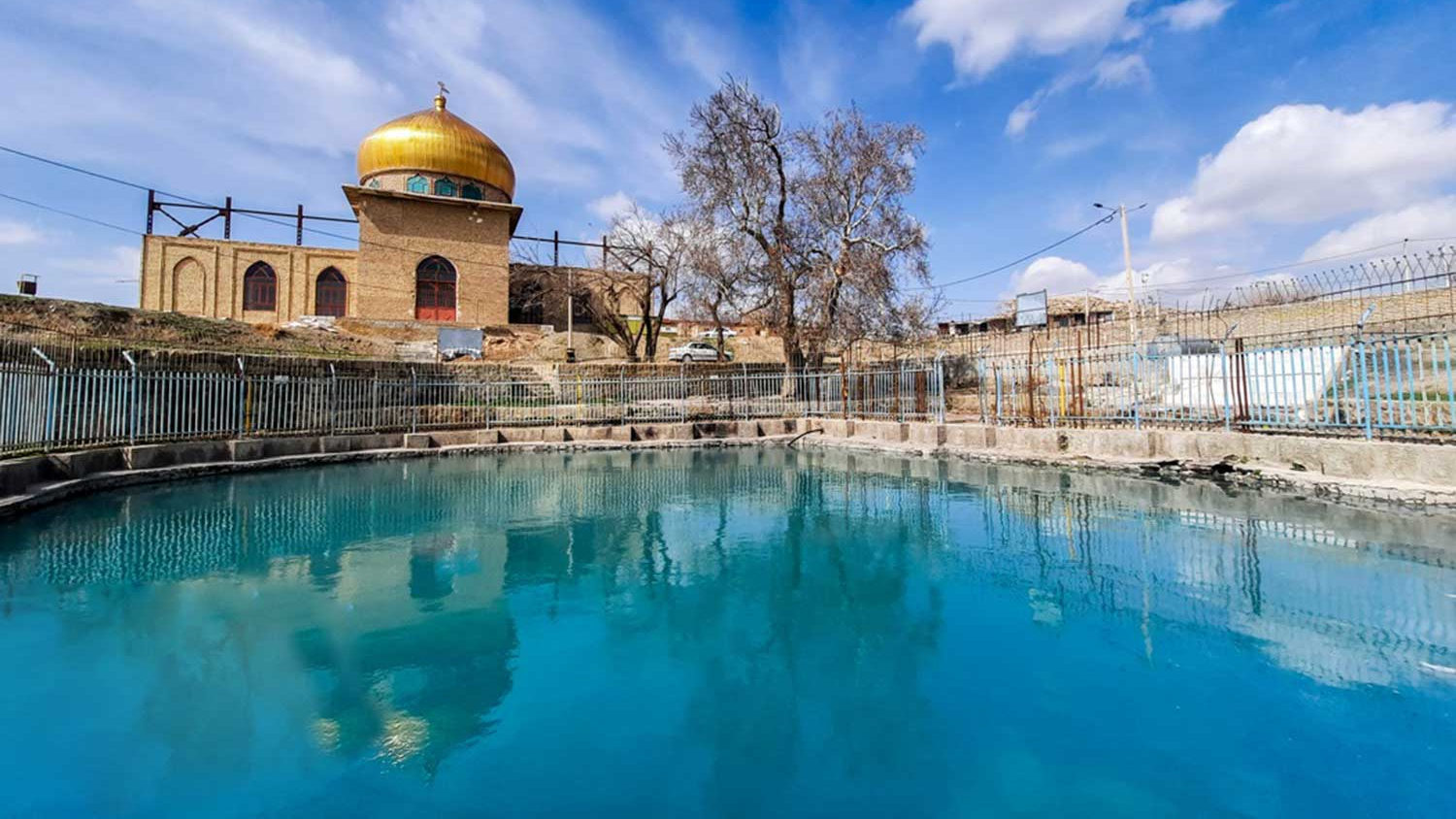
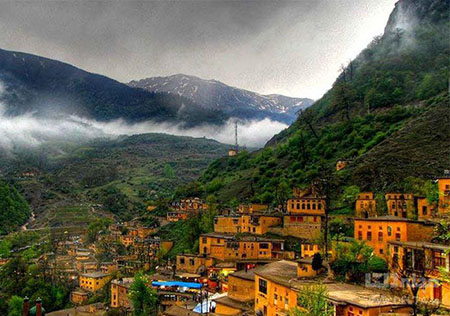


Choose blindless
Red blindless Green blindless Blue blindless Red hard to see Green hard to see Blue hard to see Monochrome Special MonochromeFont size change:
Change word spacing:
Change line height:
Change mouse type:
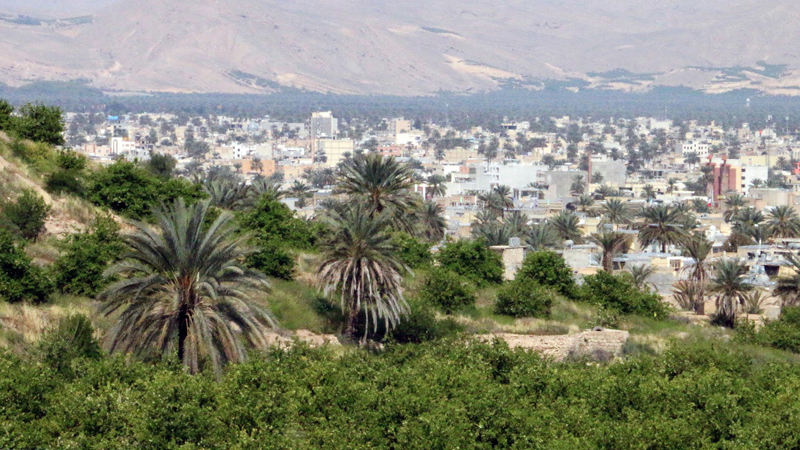
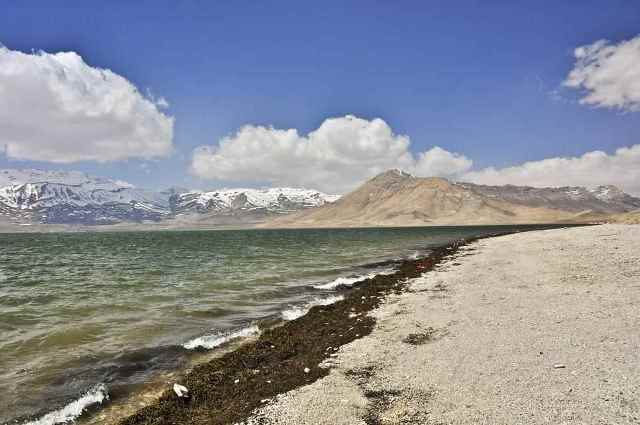
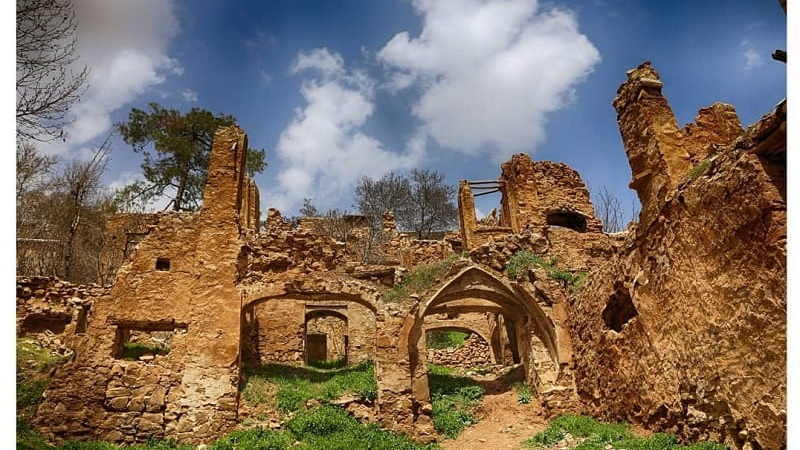
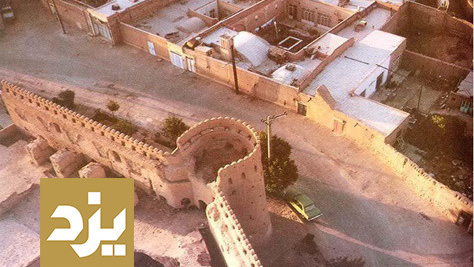
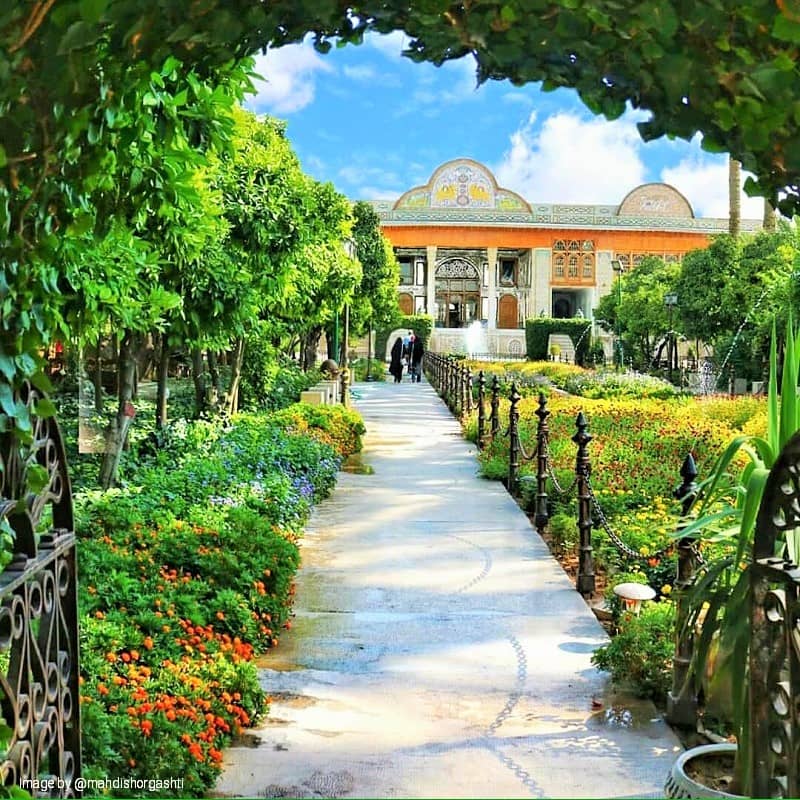
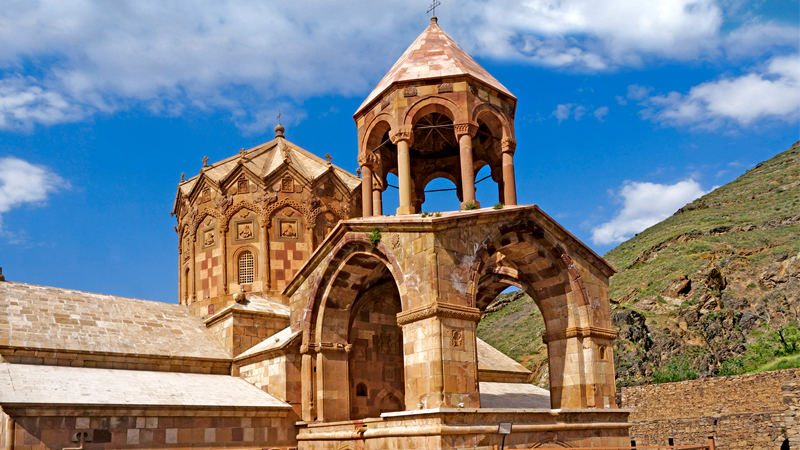
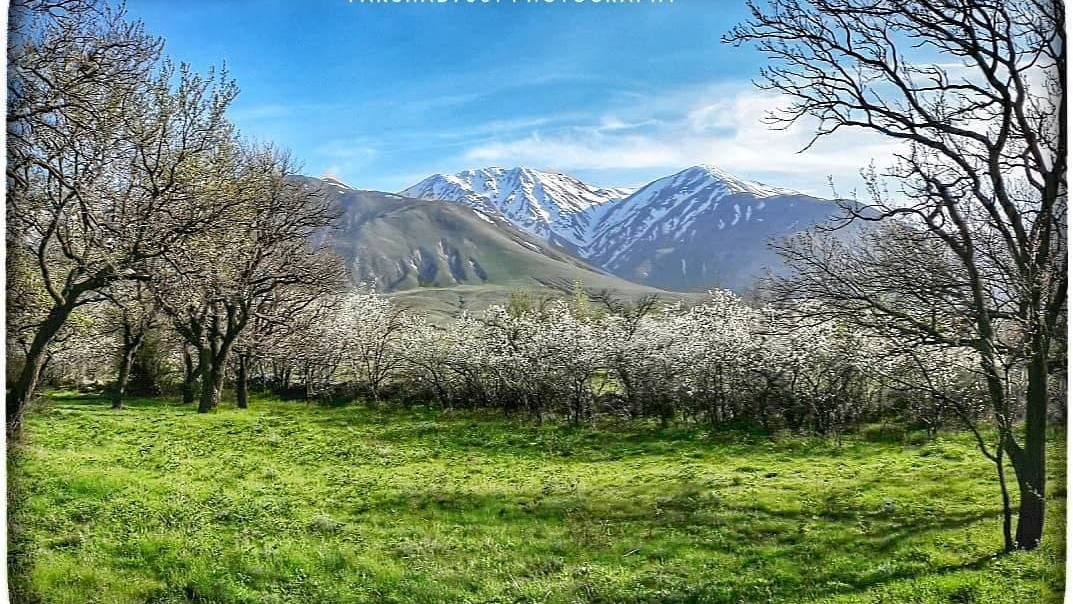
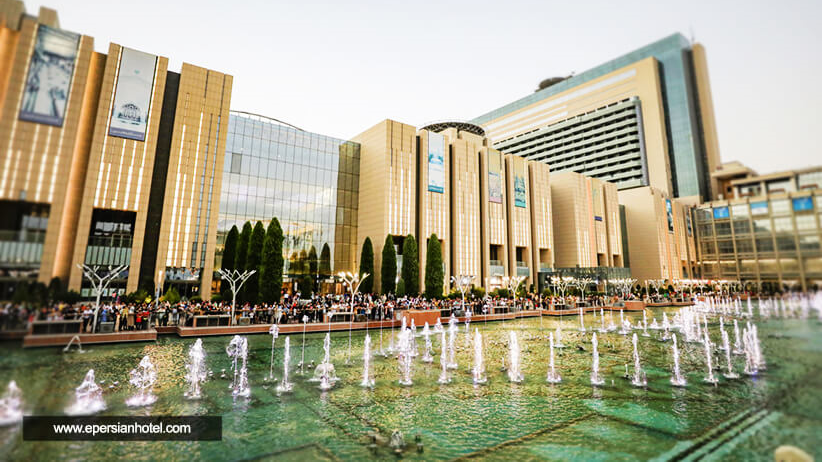
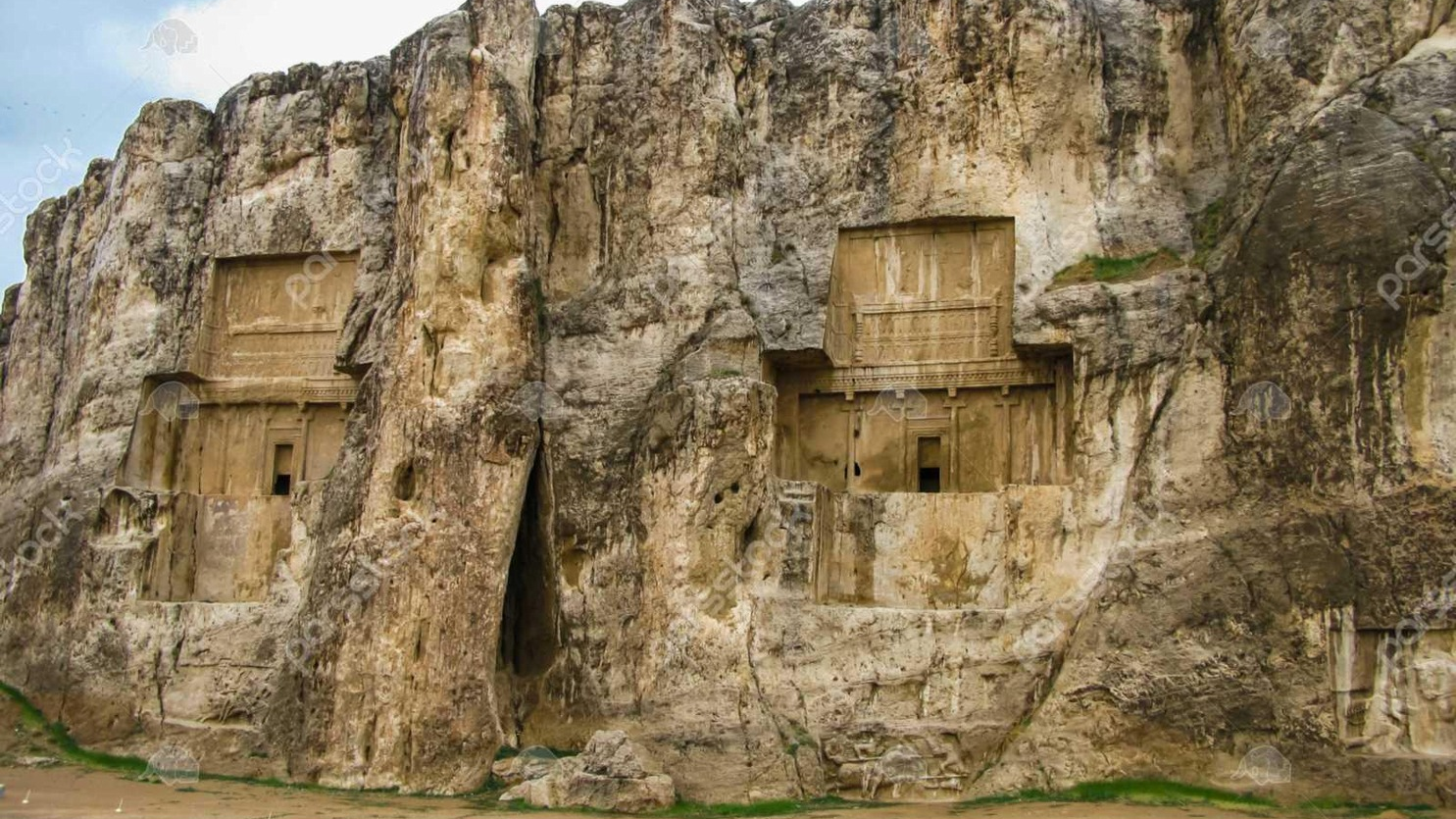
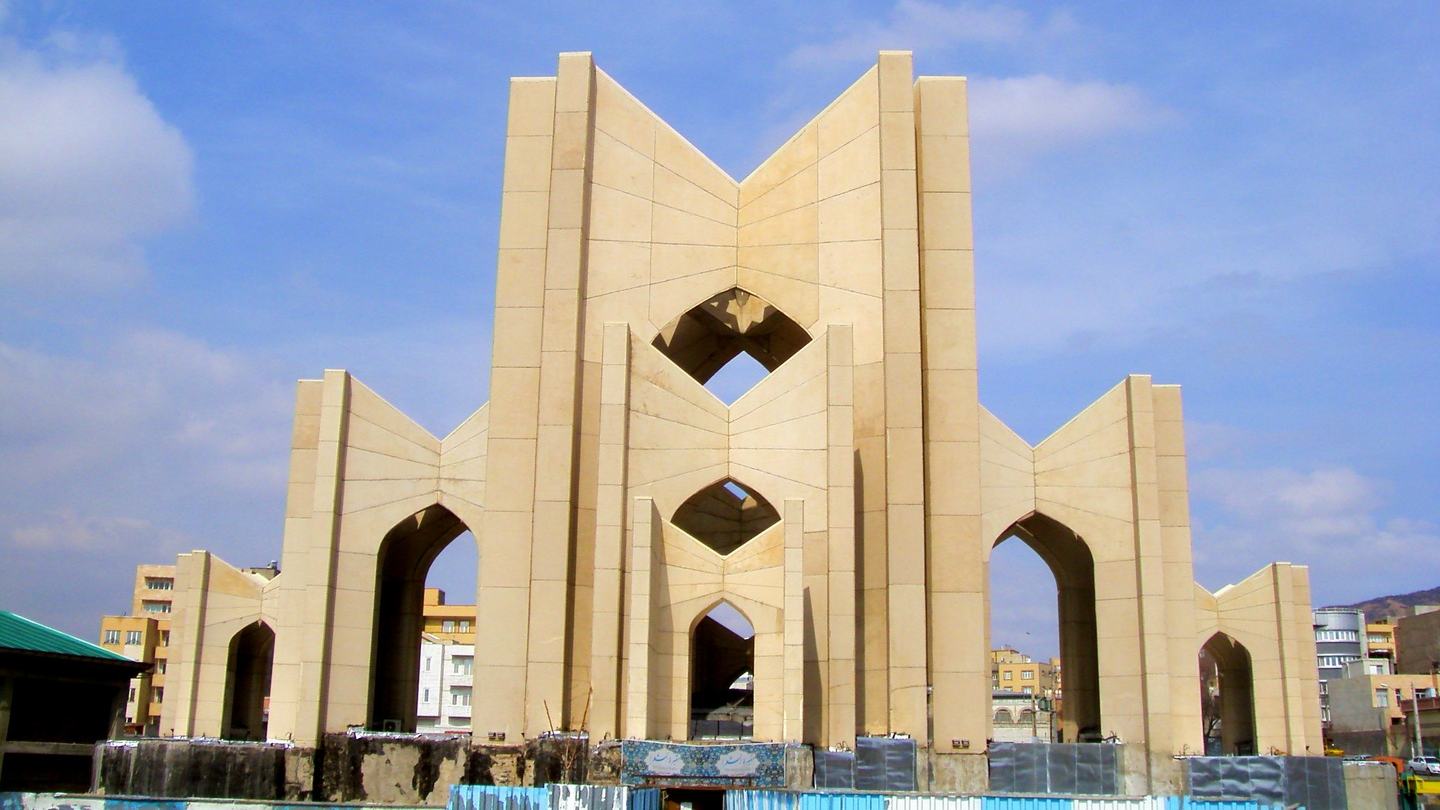
.jpg)

